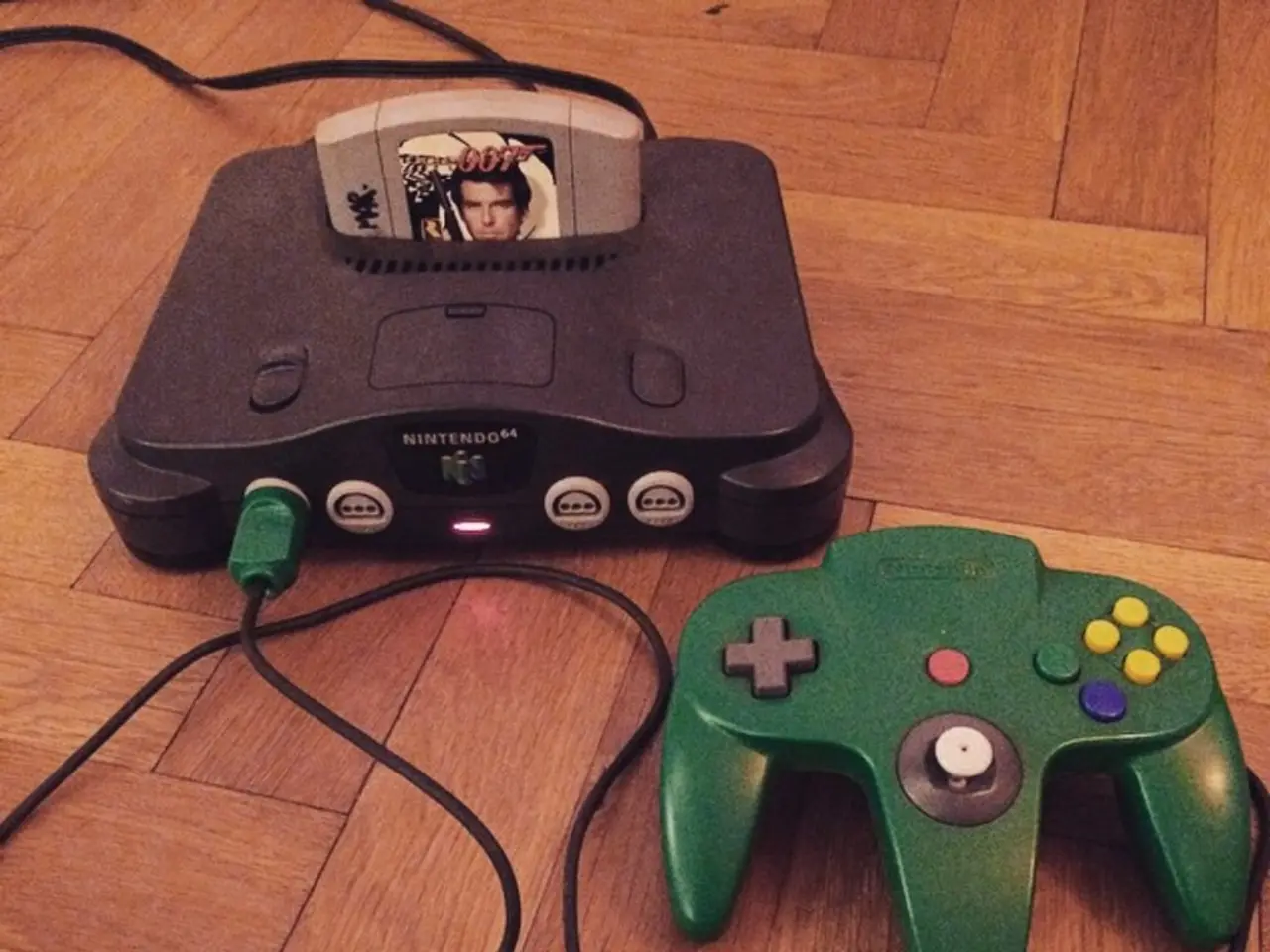Unveiling the Latest Breakthroughs in Gaming: Notable Titles that Shined Recently
In the ever-evolving world of gaming, 2025 sees a significant shift as advanced AI, blockchain innovations, cross-platform support, and a revival of classic design philosophies reshape game mechanics, graphics, and storytelling.
Game Mechanics
AI-driven adaptive gameplay is now prevalent, with 46% of new blockchain games integrating AI systems to provide smarter NPCs, procedural storytelling, dynamic difficulty adjustment, and personalized player experiences. AI creates NPCs with lifelike behavior and reactions, enhancing immersion.
Procedural generation powered by AI produces diverse levels, quests, and challenges, enabling endless replayability and more varied experiences. Blockchain games use advanced smart contracts (64%) to boost automation, fairness, and fraud prevention in virtual economies. Decentralized Autonomous Organizations (DAOs) empower player communities to vote on updates and governance in over half of blockchain projects.
Cross-platform and cross-play mechanics have matured. Games are built from the ground up for seamless play across PC, consoles, and mobile devices, with input-based matchmaking maintaining balance across different hardware. This "build once, play anywhere" mindset significantly increases gaming audiences and monetization potential.
Indie developers focus on classic skill-based mechanics, emphasizing player agency and mastery, inspired by "Nintendo-hard" design—tight controls, responsive hitboxes, and challenging gameplay with instant respawns, as seen in Super Meat Boy and Celeste. Genres like metroidvanias and turn-based RPGs are revived with modern enhancements like modular difficulty and non-linear storytelling.
Graphics
While high-fidelity 3D graphics dominate AAA games, there's a parallel resurgence in pixel art and retro sound design in indie games. The nostalgic aesthetic is deliberately chosen to prioritize engagement and gameplay over cinematic spectacle.
Blockchain games increasingly integrate AR (augmented reality) elements (28% adoption) to blend real-world interaction with digital assets, enhancing immersion and player engagement. Cross-platform engines like Unreal and Unity now allow high-fidelity games like Genshin Impact to run smoothly across PC, consoles, and mobile, maintaining visual quality without sacrificing performance.
Storytelling
AI supports procedural storytelling and interactive narratives, enabling game stories that adapt dynamically based on player choices and behavior, creating more personalized and engaging narratives. Blockchain gaming incorporates community governance via DAOs, allowing players to influence story developments and in-game policies collectively.
Indie games often integrate emotional storytelling through gameplay mechanics rather than relying heavily on cutscenes, as exemplified by Celeste where momentum-based movement intertwines with the narrative. Modern storytelling embraces non-linearity and meta-humour using traditional genres (e.g., point-and-click adventures like Thimbleweed Park), providing fresh narrative experiences while retaining classic frameworks.
In summary, the gaming industry in 2025 is shaped by AI-enhanced adaptive game mechanics, vast cross-platform integration, blockchain-driven economic and governance models, and a dual emphasis on cutting-edge graphics and nostalgic design aesthetics. These innovations collectively enrich gameplay depth, accessibility, and storytelling immersion across the spectrum of game types.
Some notable examples of these trends include Celeste, which combines hard platforming levels with profound narratives, teaching resilience and growth, and Cuphead, with its hand-drawn artwork inspired by 1930s cartoons, creating a nostalgic experience. Indie games like Undertale, Stardew Valley, and Kentucky Route Zero stand out with innovative storytelling and art styles, while No Man's Sky uses smart algorithms to create unique, evolving game worlds. The Legend of Zelda: Breath of the Wild uses non-linear storytelling to create a personal journey for players, and games like Fortnite emphasize teamwork and social engagement, moving beyond competition.
- The advancements in artificial intelligence facilitate AI-driven adaptive gameplay, enhancing NPC behaviors, procedural storytelling, and personalized player experiences across 46% of new blockchain games.
- In the graphics realm, while high-fidelity 3D graphics dominate AAA games, there's a growing trend towards pixel art and retro sound design in indie games, focusing on gameplay engagement rather than cinematic spectacle.
- Cross-platform and cross-play mechanics have become essential in modern gaming, allowing games to run smoothly across various devices, from PC to mobile, extending reach and monetization potential.
- The gaming industry also witnesses the application of blockchain technology in storytelling, empowering player communities to influence story developments and policies through Decentralized Autonomous Organizations (DAOs) in over half of blockchain projects.




